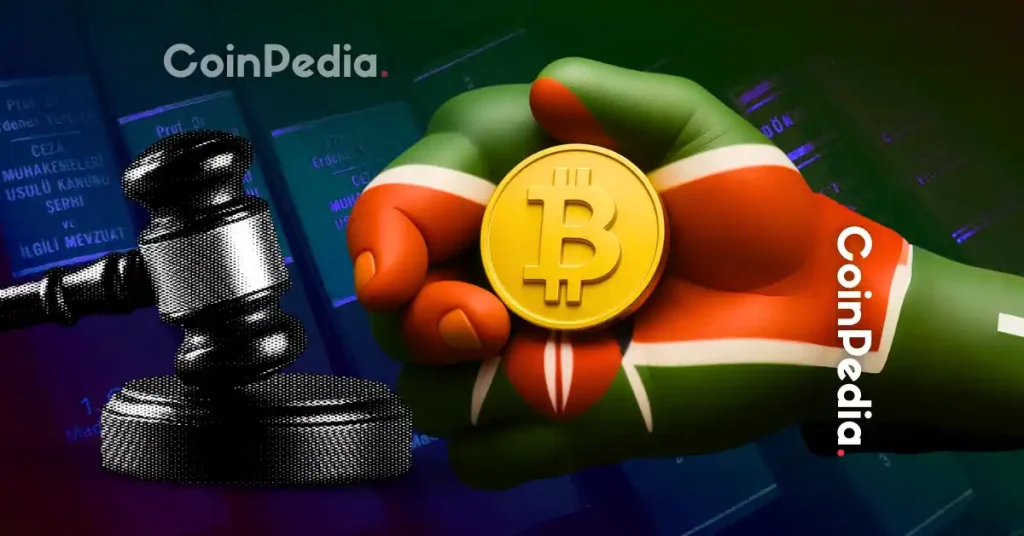
Is copying something that can be copied considered plagiarism?
On January 31, blockchain follower 0xKaden accused the controversial cryptocurrency project Blast of plagiarizing its code and claiming it as its own. did.
While Blast is a highly anticipated, much-criticized project, it raised more than $1 billion last year through what some called manipulative marketing techniques. . Optimism, one of Ethereum's leading layer 2 blockchains, has been accused of plagiarizing code published.
Suspicion of plagiarism
“Blast really puts a BSL license on Optimism's MIT code,” Kaden pointed out.
“If it's licensed to Blast, does that mean I can't fork Optimism anymore?”
Kaden was referring to a system developed by the Massachusetts Institute of Technology (MIT) that gives copyright to the author but allows others to freely access and modify the code (usually with attribution). Permissive software licenses that allow developers to do things, and Business Source Licenses (BSLs) that are not open source.
Shortly thereafter, another anonymous blockchain developer, Pop Punk, posted a screenshot comparing parts of Blast and Optimism's code. Apart from some accidental differences, including typos, the two were indeed the same.
“Hey Blast, I'm not very impressed with how you forked Optimism's code, added typos, removed functions, changed the license, etc.,” Pop Punk posted on X.
This isn't the first time Blast has allegedly crossed the line. Blast founder Tieshun Roquerre, also known as “Pacman,” is the creator of the hugely successful decentralized NFT exchange Blur, and his backers rely on the proven venture capital paradigm ( Paradigm), which offers innovative ideas to users, has been embroiled in a storm of controversy.
controversial method
At the time of its announcement, Blast did not offer anything more than a “one-way” bridge that allowed deposits but not withdrawals. Additionally, the user transferred funds to a multisig wallet with 5 keys, but all signers appear to be connected to a single entity. And even before hiring engineers, it had raised more than $1.1 billion.
Perhaps worse than its lax approach to security is the way Blast aggressively solicits deposits, promotes the project, and entices deposits with the promise of a May airdrop determined by a points system.
Even Dan Robinson, general partner at Paradigm, Blast's lead investor, said it “detracts from the work of a serious team” and “sets a bad precedent for other projects.”
Blast's business model itself is not necessarily inappropriate. The plan is to provide a yield of around 4-5% by staking Ethereum (ETH) deposited with Lido and using MakerDAO's DAI Savings Rate.
Point systems are also becoming a popular way for projects to decide how to distribute their tokens. You can't criticize Blast's efforts to incentivize growth by offering a referral system and gamified ways to earn points.
Additionally, Pacman said it would incentivize outside development by providing 100% of the gas costs to developers who develop on the network.
Additionally, since Blast has a close relationship with Blur, ideas involving NFT perpetual transactions have also been proposed. It's clear that Pac-Man has a strategic mind, so much so that it seems like he might use controversy to get attention. For example, in a way that plagiarizes code that you are allowed to copy.
Have I gone too far?
The question is: how far should one go in bending crypto cultural norms, and perhaps even the law (the MIT license has certain restrictions), to raise a project's profile and build users?
Blast is being launched at the perfect time, at a time when Layer 2 is experiencing significant growth. However, the field is crowded with competitors, including Arbitrum, Base, Optimism, and Polygon.
If launched, Blast will differentiate itself by being the first company to offer yield to users on Ethereum and stablecoins. Some believe this attractive feature could leverage the equivalent of Ethereum's “risk-free rate” and become the next big trend in crypto assets.
The multisig situation isn't too far removed from the standard, given that all current Layer 2s are governed by similar settings, some with anonymous signers.
But it's clear that this project is acting irresponsibly, without paying attention to the details, in an attempt to win a zero-sum game of capital, attention, users, and developers.
“The only people looking forward to Blast are airdrop collectors. The developers know what it is: a chain for airdrop collectors,” Pop Punk pointed out.
The open source community sees sharing information as a positive thing, and copying code is common in the crypto world.
The fact that the Blast team puts their copyright on the code, even the code they appear to have copied, shows that they care.
Open source spirit and copyright protection
The MIT license was unlicensed, and Blast was free to use, modify, and distribute Optimism's code as long as they also open sourced their own version. However, by choosing a business license, his true intentions were revealed.
The world of crypto assets has seen disputes over plagiarism in the past, including between Matter Labs, a zero-knowledge proof-based project, and Polygon, with the former demanding proper attribution when using the latter's open source code. Polygon claims it did not.
Uniswap also sparked controversy when it announced its upcoming V4, announcing that it would release it under a somewhat restrictive license in order to extend the lifespan of its intellectual property.
“I think open source is generally working well in Web3, and it's pretty much inevitable,” Pop Punk said, adding:
“Many projects are forks that add logic and complexity, allowing for rapid iteration and development. But licenses should be respected, contrary to what Blast did. It's a cultural violation. , it also violates the law.”
These are questions without clear answers, especially in an open blockchain space where we are nominally competitors but also collaborators.
The basis for copyright protection is that people who contribute something meaningful to the world should benefit from it. The question is, what exactly does Blast contribute, and does it deserve legal protection?
|Translation and editing: Akiko Yamaguchi, Takayuki Masuda
|Image: Shutterstock
|Original text: Blast From the Future: Can You Plagiarize Something Meant to Be Copied?
The post Plagiarizing open source code? ──What are the questions raised by Layer 2 project Blast? | CoinDesk JAPAN appeared first on Our Bitcoin News.

 1 year ago
118
1 year ago
118














 English (US) ·
English (US) ·